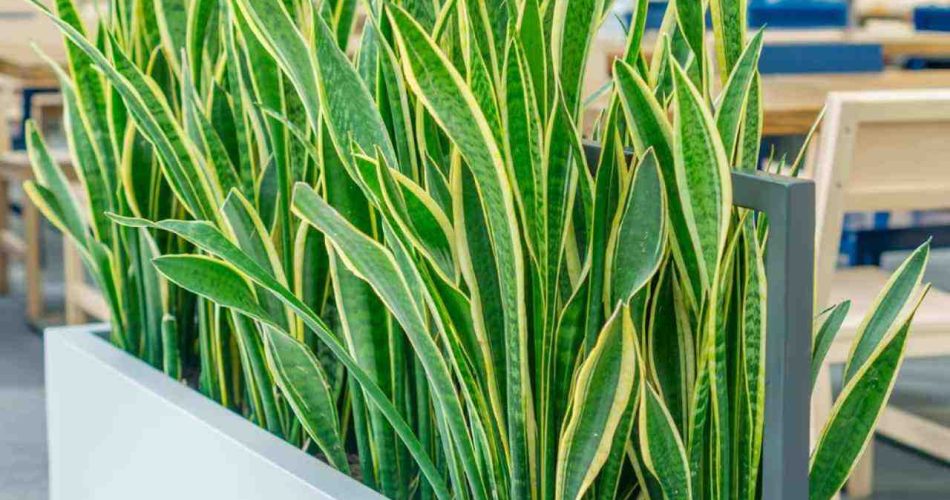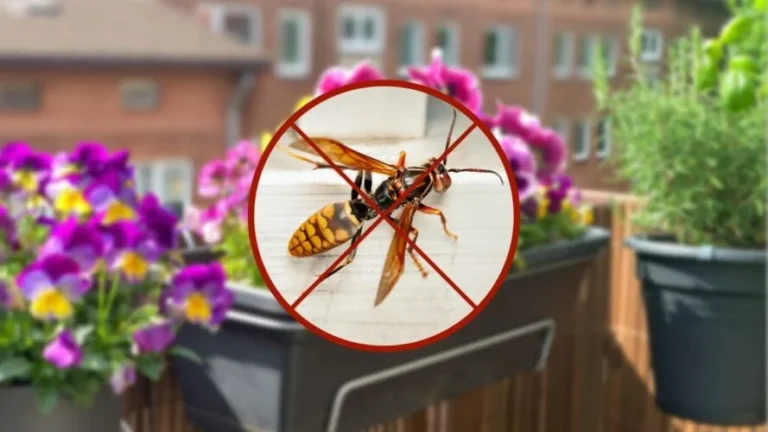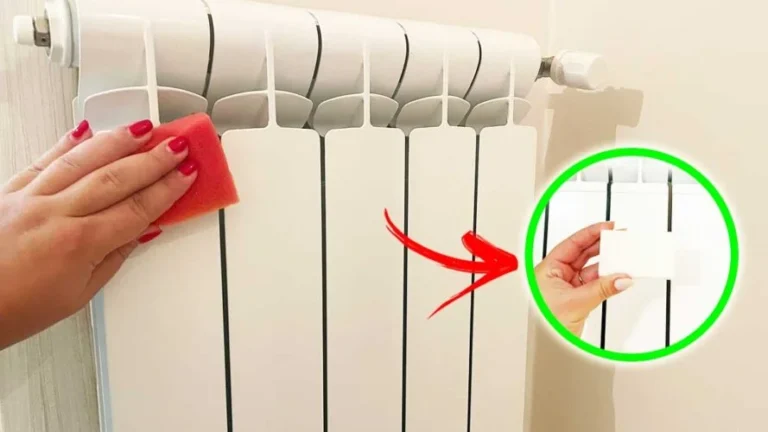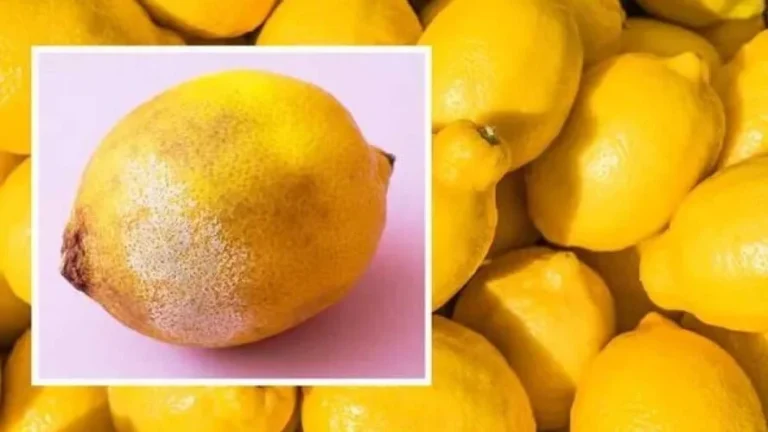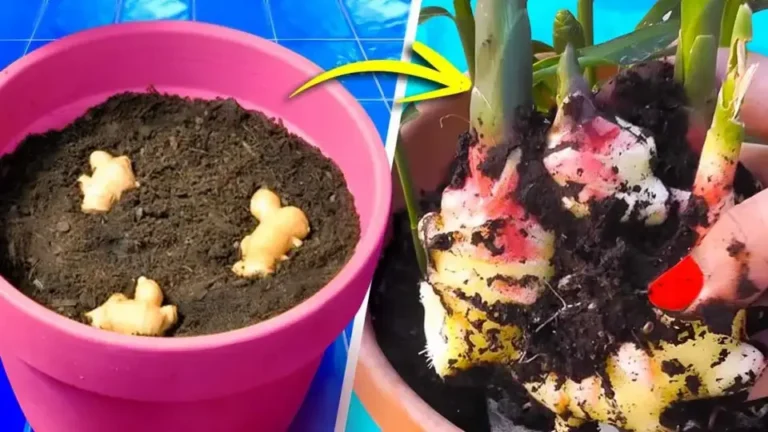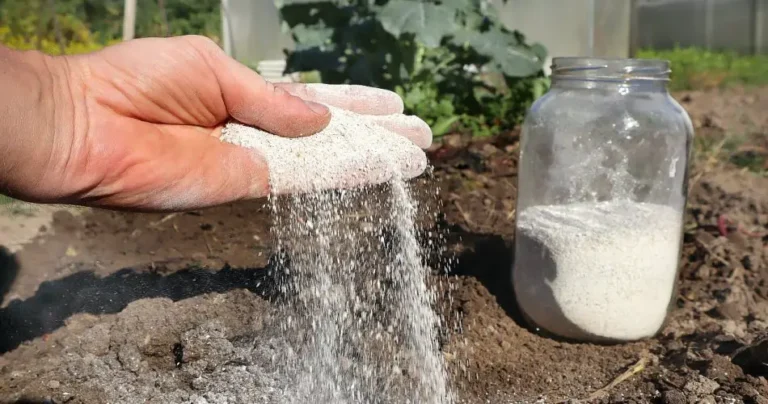Blessed are those who have this plant at home: they are very lucky even without knowing it
If you also have this little plant at home, know that you are very lucky indeed. Blessed are those who possess it: the properties of this green jewel are truly extraordinary.
Look carefully: is this plant familiar to you? If you also have it at home, you are really in luck. That’s why it could even save your life.
Plants, the green heart of the home
Plants, what a passion! These wonderful little lungs of the world have been an integral part of Italian homes and not just for some time. Many people choose to beautify their homes with green jewelry that adds a touch of color and style to their spaces.
Taking care of a plant is definitely not easy : you have to pay attention to it, carefully study its nature and understand what it needs to feel good.
Let’s also say that if you are not an expert in gardening, it may happen that your jewel ends up withering or not hunting flowers. Don’t give up, with a little experience and reading some books you too can become a little plant expert.
How extraordinary are these jewels? There are certainly many benefits that a plant can provide. For example, take a look at the image we uploaded above. Do you know what plant it is? If you have it at home, know that you are very lucky: it has extraordinary powers.
If You Own This Plant, You Are Very Lucky: Here’s Why
If you also have this plant at home or on your balcony or terrace, you know you are very lucky. It has nothing short of miraculous properties. Do you know what this little green gem is called? If the answer is no, we will say: its name is Sansevieria .
Also known as mother-in-law’s tongue , due to its long leaves, compared to the forked tongue that usually characterizes mothers-in-law, it is a houseplant that is also quite simple to grow.
Its scientific name is Sansevieria trifasciata . Originally from Africa, it belongs to the Liliaceae family . Decorative and resistant, it withstands both high and low temperatures well: it can live even in environments down to minus 5 degrees!
Why did we say before that he has extraordinary power ? Simple: because it is among the few houseplants capable of purifying the air inside your home . Caring for a sansevieria is quite simple.
Don’t be alarmed, it can get very loud. Its leaves can reach up to 50 cm in height. However, we want to dwell on the properties of this little gem that have even been recognized by NASA.
What does it do in detail? The plant in question is capable of removing toxic substances present in the environment and consequently in the air we breathe, such as xylene, benzene, formaldehyde, trichloroethylene.
There are many types of this plant, some, according to tradition, are donated to wish good luck and money. Among the most common are sansevieria trifasciata and sansevieria cylindrica .
How do you recognize them? They have characteristics that differentiate them. The first , for example, has oval, narrow and flat leaves that grow mainly from the root. Dark green and white in color, they can reach up to 120 cm. Also known as cat’s tongue, it is easy to care for.
The second is less common and more decorative. Its leaves are fleshy, rigid and long , generally dark green in color and cylindrical in shape (hence the name). This plant has milky white flowers with pink tones and has a cluster inflorescence.
In short, as you can see, if you also received this plant or purchased it unknowingly, you are lucky. The miraculous property it possesses is extraordinary.
Take care of yourself the best you can. Here are some practical tips to keep you healthy and vigorous . First, you need to place it in places with plenty of light so that it grows strong and healthy.
The ideal temperature is between 15 and 20 degrees . Avoid exposing it in busy corridors. As for irrigation , in winter you should water it once or twice a month . In summer only when you notice that your soil is dry.
It does not need pruning , but dry leaves must be removed to prevent the plant from getting sick . Finally, if it gets too big, you need to transfer it.
